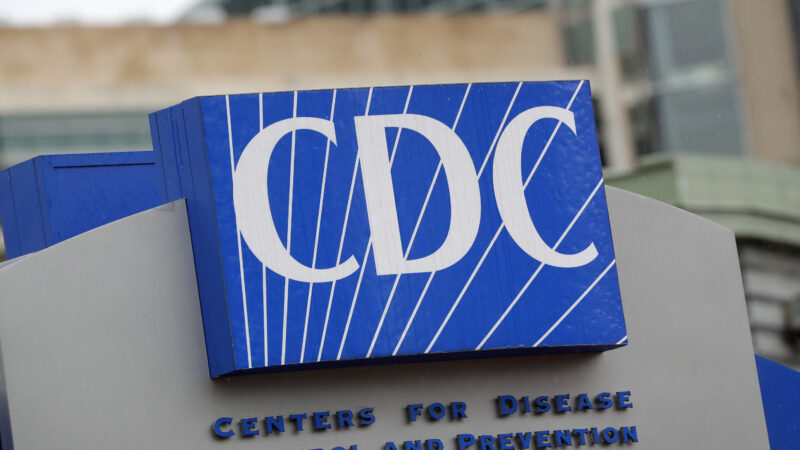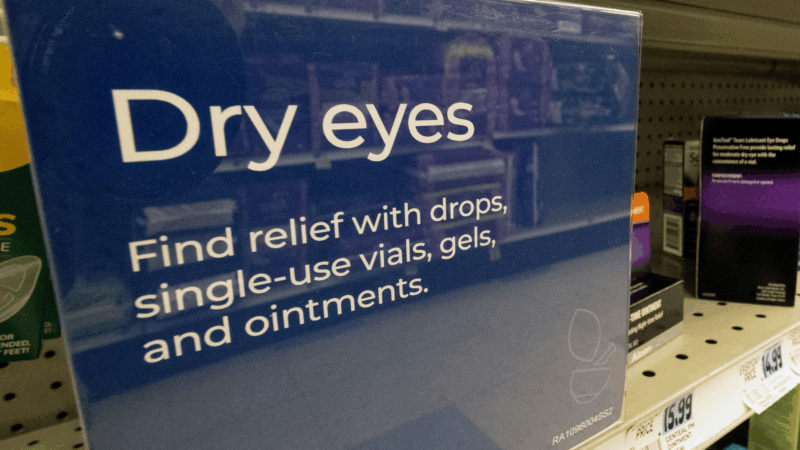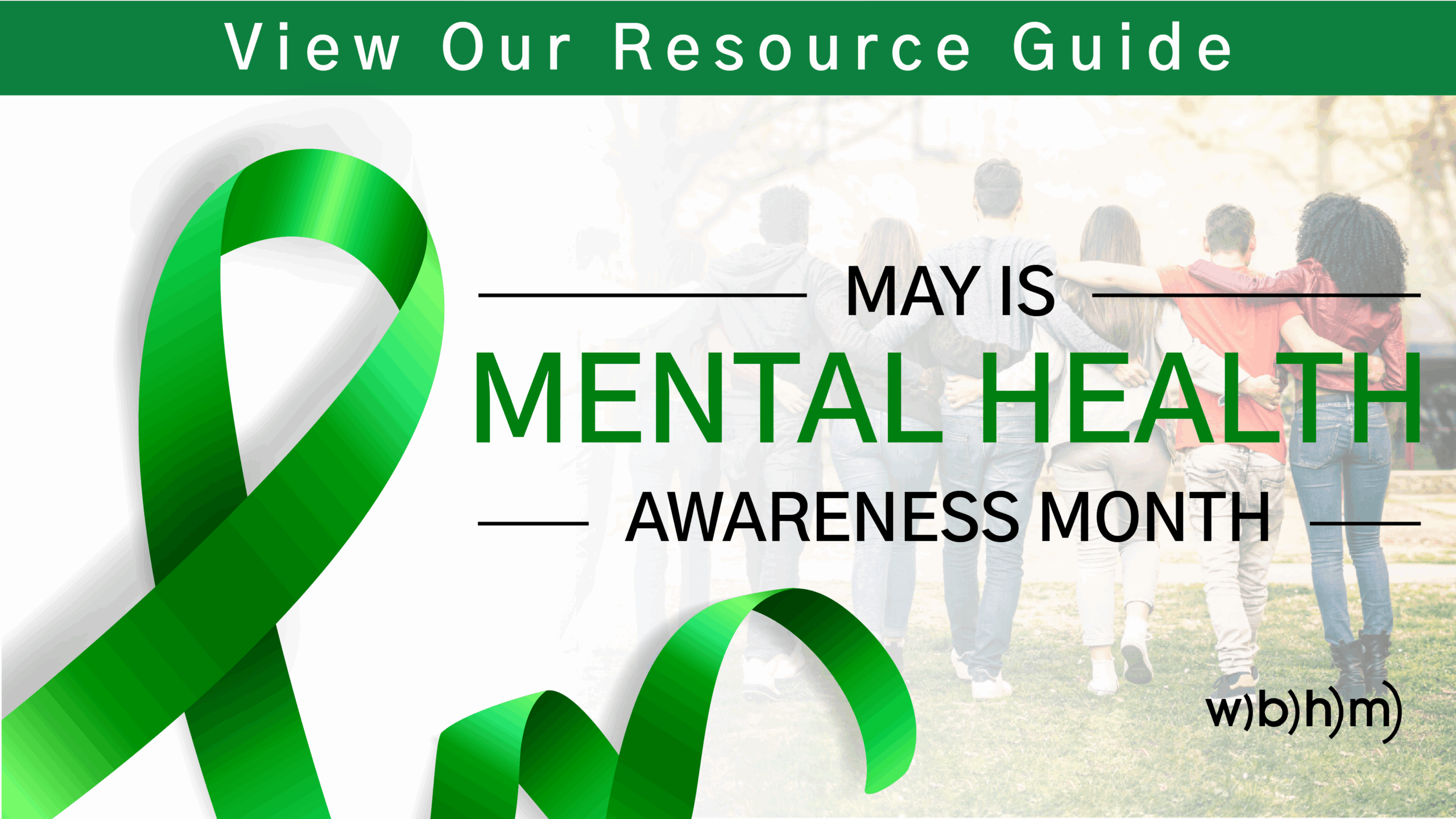New CDC report finds ‘significant increase’ in children diagnosed with developmental disorders
The Centers for Disease Control and Prevention is shown Sunday, March 15, 2020, in Atlanta. (AP Photo/John Bazemore)
The rate of diagnoses for developmental disabilities in children ages 3-17 years old in the U.S. is on the rise, according to a new report from the Centers for Disease Control and Prevention’s National Center for Health Statistics (NCHS).
The NCHS report provides updated estimates for diagnosed autism spectrum disorder, intellectual disability and other developmental delay. The findings, collected from the newly-redesigned National Health Interview Survey (NHIS), show that during 2019-2021, there was a “significant increase” in the prevalence of any diagnosed developmental disabilities — a broad term that can include delays in physical movement, language, social awareness and cognition — from 7.4% to 8.56%.
The data also reveals no significant change in diagnoses for autism spectrum disorder or intellectual disability over the same period. Intellectual disabilities are somewhat based on IQ, so if you have below a certain score, you’d be considered to have an intellectual disability. One of the most common examples is Down syndrome, but children with an intellectual disability can also be diagnosed with autism spectrum disorder.
While the results showing an increase in rates may seem alarming, researchers say it could be a sign of better access to mental health services.
“I do think it’s indicative of how some historically underserved groups might be getting services and getting diagnoses who didn’t in the past,” said Dr. Ben Zablotsky, an epidemiologist at the CDC and a lead author of the report. “I do think it’s actually encouraging.”
Zablotsky also said it’s not surprising to see higher rates of diagnoses as awareness of the conditions increase, and he pointed to another report released in March from the Autism and Developmental Disabilities Monitoring (ADDM) Network which found an increase in diagnoses of autism spectrum disorder but attributed the changes to improved screening, awareness, and mental health services.
While it’s not something they looked at for their report, Zablotsky said those findings could apply here. Ultimately, he believes the findings of both reports underscore the need for more mental health screening services.
“Developmental disabilities are common and they are still increasing,” he said. “A lot of that increase might be related to other developmental delays that aren’t autism spectrum disorder or intellectual disability. But I don’t think that takes away from the importance of early screening getting services. Detection is still very important.”
The new report’s estimates are the first on developmental disabilities from the NHIS since the survey was redesigned in 2019. Researchers interviewed respondents in their homes, while sometimes conducting follow-ups over the phone. Because of the COVID-19 pandemic, interviewing procedures were disrupted, so most of the initial interviews conducted in 2020 and 2021 were done, at least in part, by phone.
Results show higher rates for each selected condition compared to a previous report that looked at data from 2014-2016. However, because the questionnaire used in the interviews was changed as part of the redesign, the estimates may not be comparable.
- Other key findings from the report include:
- the prevalence of any developmental disability was lowest in non-Hispanic Asian children compared with other race and Hispanic-origin groups
- the prevalence of intellectual disability increased with age, while the prevalence of other developmental delays decreased with age
- boys were more than three times as likely to be diagnosed with autism spectrum disorder than girls — 4.66% compared to 1.5%.
Additionally, the report did not find Black and Hispanic children to be more likely to be diagnosed with autism spectrum disorder compared with white children, unlike other recent reports.
This story was produced by the Gulf States Newsroom, a collaboration between Mississippi Public Broadcasting, WBHM in Alabama, WWNO and WRKF in Louisiana and NPR. Support for health equity coverage comes from The Commonwealth Fund.
Harvard learned it has an authentic Magna Carta. In 1946, it paid less than $28 for it
A pair of U.K. scholars discovered the mislabeled document in Harvard Law School's digital archives. The university bought it for just $27.50 in 1946. It turned out to be an authentic copy dating to 1300.
Ukraine’s Zelenskyy arrives in Turkey for talks with Russia, without Putin
Ukrainian President Volodymyr Zelenskyy is in Turkey for direct talks with Russia. But the Kremlin sent a lower-level delegation that doesn't include President Vladimir Putin.
Author revives forgotten stories through historical fiction novel based in Birmingham
Barry Cole is using historical fiction to revive the lost history of enslaved people found buried in a mass grave at the park. That book, called 100 Pearls, is out Thursday.
AvKare recalls over-the-counter eye drops after FDA audit
Customers are encouraged to stop using several eye irritation products, including gels and artificial tears.
What was approved, and what failed, in the 2025 Alabama legislative session
Alabama lawmakers ended the 2025 legislative session on Wednesday. Here is a look at a few of the notable bills that passed, and some that failed, during the session.
Lawmakers pass bill to criminalize bringing immigrants in the US illegally across state lines
The legislation given final approval Wednesday protects “not only the citizens of Alabama but also the people that are immigrating here legally and doing everything the right way,” said the bill’s Republican sponsor.









